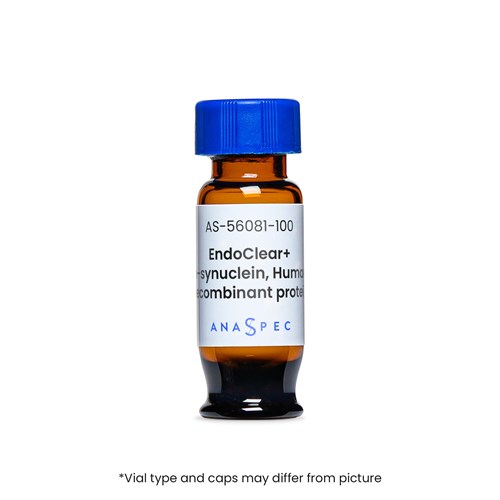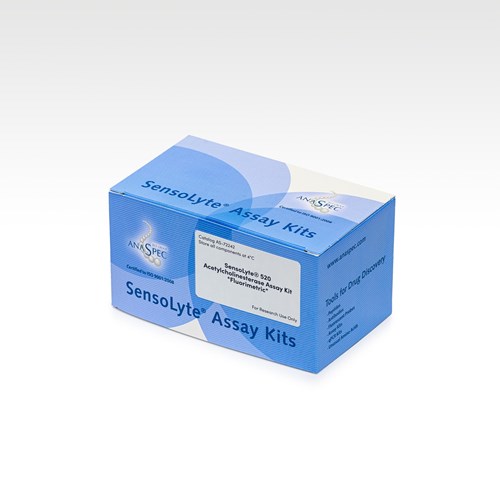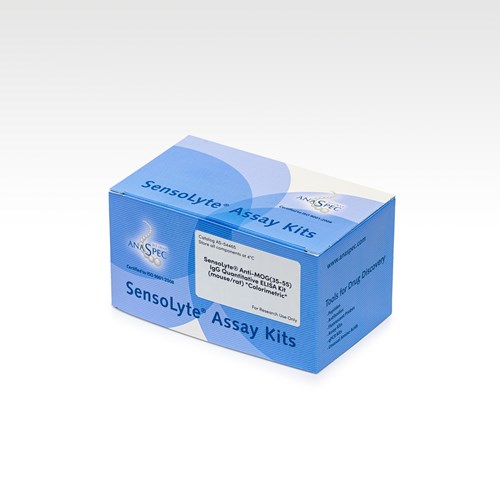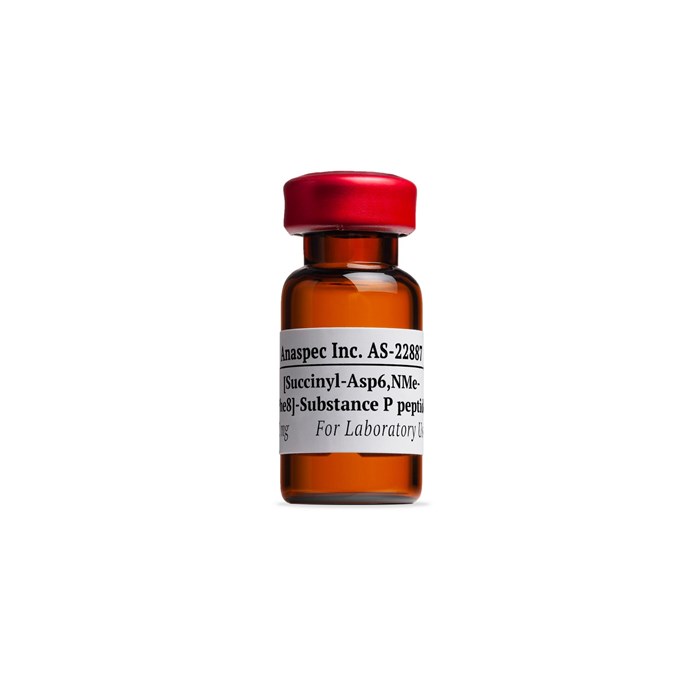Peptides
[Succinyl-Asp6, NMePhe8]-Substance P (6-11), Senktide - 5 mg
$249.00
Check your price
- Cat.Number : AS-22887
- Manufacturer Ref. :
-
Availability :
In stock
Senktide is a NK3 tachykinin receptor agonist. It was shown to induce bronchoconstriction in guinea pig lungs.
Specifications
| Chemistry | |
| Sequence one letter code |
|
|---|---|
| Sequence three letter code |
|
| CAS registry number |
|
| Molecular Formula |
|
| Molecular Mass/ Weight |
|
| Modification | |
| Conjugation |
|
| Quantity & Purity | |
| Purity |
|
| Storage & stability | |
| Form |
|
| Storage Conditions |
|
| Activity | |
| Biomarker Target | |
| Research Area | |
| Sub-category Research Area | |
| Usage |
|
| Source | |
| Source / Species |
|
Downloads
You may also be interested in the following product(s)


SensoLyte® 520 Acetylcholinesterase Assay Kit Fluorimetric - 1 kit
Cat.Number :
AS-72242
$382.00
Excl. Tax

SensoLyte® Anti-MOG(35-55) IgG Quantitative ELISA Kit (mouse/rat) Colorimetric - 1 kit
Cat.Number :
AS-54465
$611.00
Excl. Tax
References
Subcutaneous injections of the tachykinin senktide reduce alcohol intake in alcohol-preferring rats
Peptides . 1994 Jun 29 ; 16(3) 533 | DOI : https://doi.org/10.1016/S0006-3495(96)79734-5
- R. Ciccocioppo
- et al
Central administration of senktide, a tachykinin NK-3 agonist, has an antidiuretic action by stimulating AVP release in water-loaded rats
Neurosci Lett . 1993 Sep 03 ; 159(1-2) 187 | DOI : https://doi.org/10.1016/0304-3940(93)90830-E
- A. Saigo
- et al

